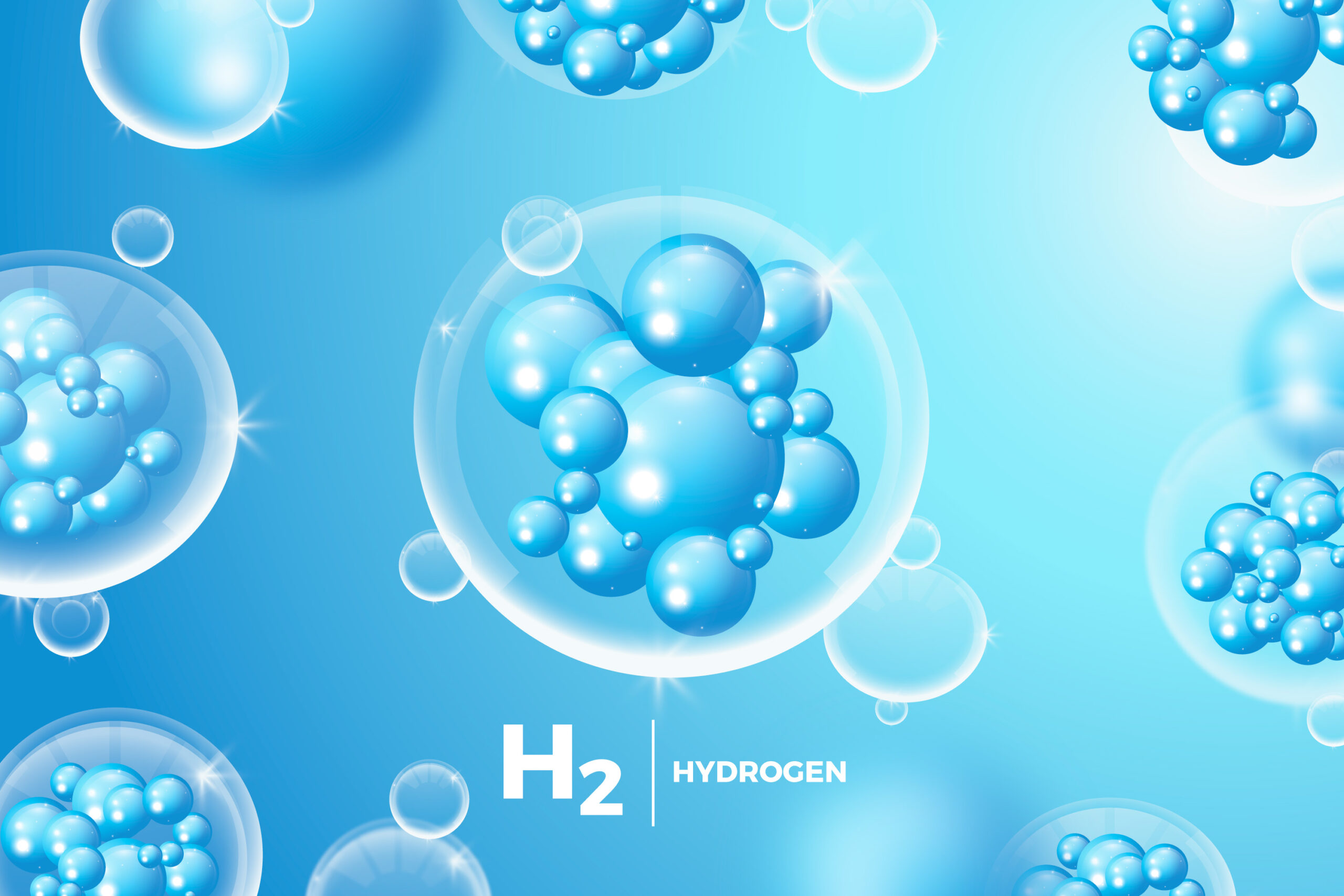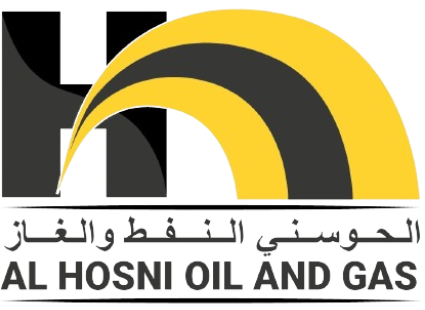Hydrogen exists naturally on Earth but not in large quantities in its elemental form and so it is produced industrially in several ways. By far the most common method is through steam-methane reforming (SMR) where the steam reacts with the natural gas (methane) at very high temperatures to produce syngas (a hydrogen/carbon monoxide mixture).

The syngas can be further processed to convert the carbon monoxide through a reaction with steam to produce more hydrogen. Hydrogen can also be produced by using fossil fuels such as oil and coal by gasification, or by the electrolysis of water.
Food
Hydrogen is used to turn unsaturated fats into saturated oils and fats, including hydrogenated vegetable oils like margarine and butter spreads.
Metalworking
Hydrogen is used in metalworking for processes like metal alloying, where it’s introduced to molten metals to enhance properties like strength and corrosion resistance.
Welding
Hydrogen is used in welding primarily in atomic hydrogen welding (AHW). In this process, hydrogen is split into atoms through an electric arc. These atoms combine to create a flame that melts metals.
Flat Glass Production
Flat glass is a type of glass that’s often used for windows and glass doors. In its production, hydrogen and nitrogen are used to prevent oxidation and defects during manufacturing.
Electronics Manufacturing
In electronics manufacturing, hydrogen is an efficient reducing and etching agent. It’s used to create semiconductors, LEDs, displays, photovoltaic segments, and other electronics.
Medical
In the medical industry, hydrogen is used to create hydrogen peroxide (H2O2), a commonly used antiseptic. Recently, hydrogen has also been studied as a therapeutic gas for a number of different diseases.
